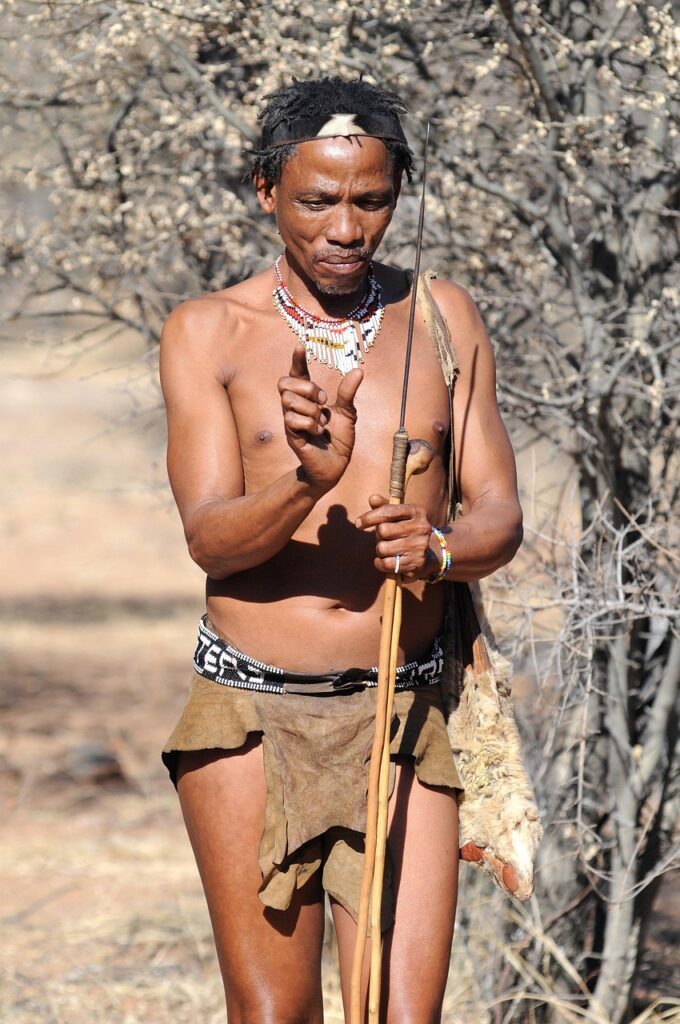The Kalahari Desert is not just a wilderness of red sand and thorn trees-it is a living landscape, shaped by the ancient wisdom of the San Bushmen. For thousands of years, the San have walked these lands, reading the signs of animals, gathering wild foods, and telling stories by firelight. Today, ethical cultural safaris offer travelers the chance to connect with this heritage-if approached with respect and care.
Who Are the San Bushmen?
The San are among the world’s oldest cultures, their language a symphony of clicks and their knowledge of the desert unmatched. They have survived in the Kalahari by understanding its rhythms: where to find water in a dry riverbed, which roots will quench thirst, and how to track a springbok across shifting sands.
Ethical Encounters: What to Look For
Not all “cultural tours” are created equal. The best experiences are those led by San communities themselves, where visitors are invited to join bush walks, learn about traditional skills, and listen to stories passed down through generations. Look for tours that prioritize fair compensation, community ownership, and cultural preservation.


A Day with the San: Walking, Learning, Sharing
A typical day begins at sunrise, with the taste of dew on the air and the sound of birds waking in the acacia trees. San guides lead small groups on foot, pointing out animal tracks, edible plants, and the hidden waterholes that sustain life. Around the fire, elders share tales of the trickster god /Kaggen and the lessons of the stars.
Why Responsible Tourism Matters
Ethical cultural safaris help preserve San heritage and provide income for remote communities. They also challenge stereotypes, showing visitors the depth and dignity of San culture. By choosing responsible operators, travelers help ensure that the Kalahari remains a place where ancient wisdom is valued and shared.
A Kalahari safari with the San is a journey of connection-to the land, to its people, and to a way of life that has endured for millennia. It is an experience that lingers long after the dust has settled and the fire has burned low.

